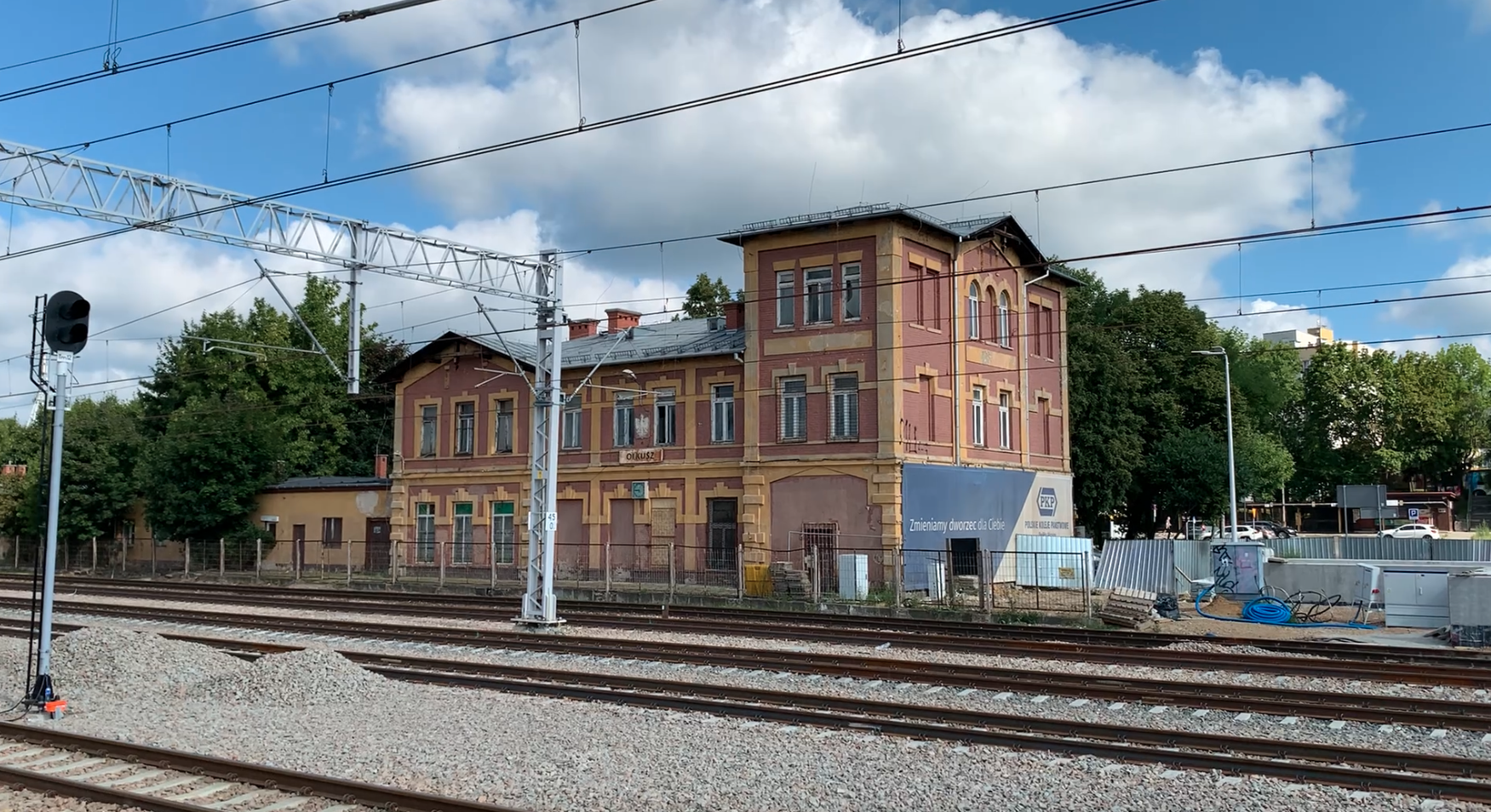Olkusz 2025-08-08
The city of Olkusz.
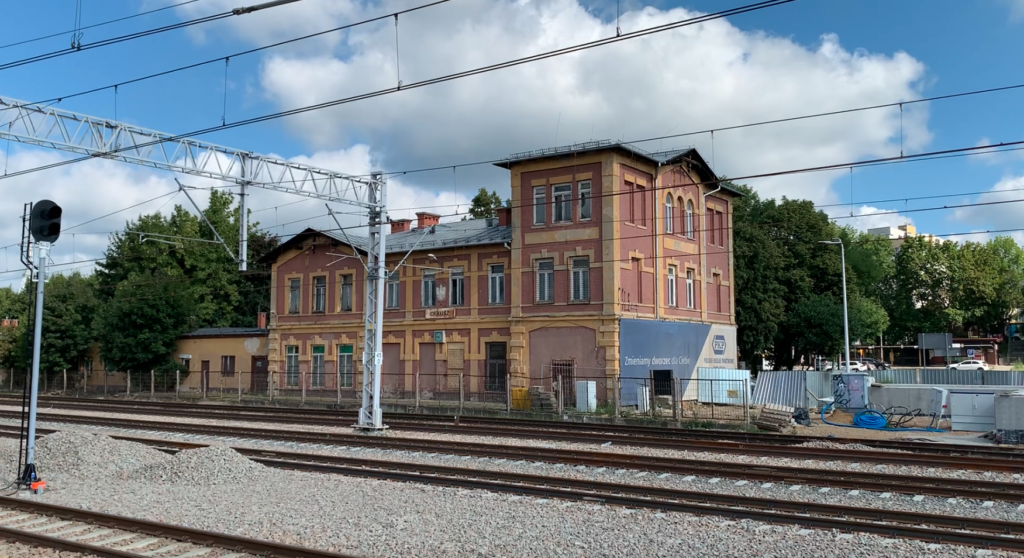
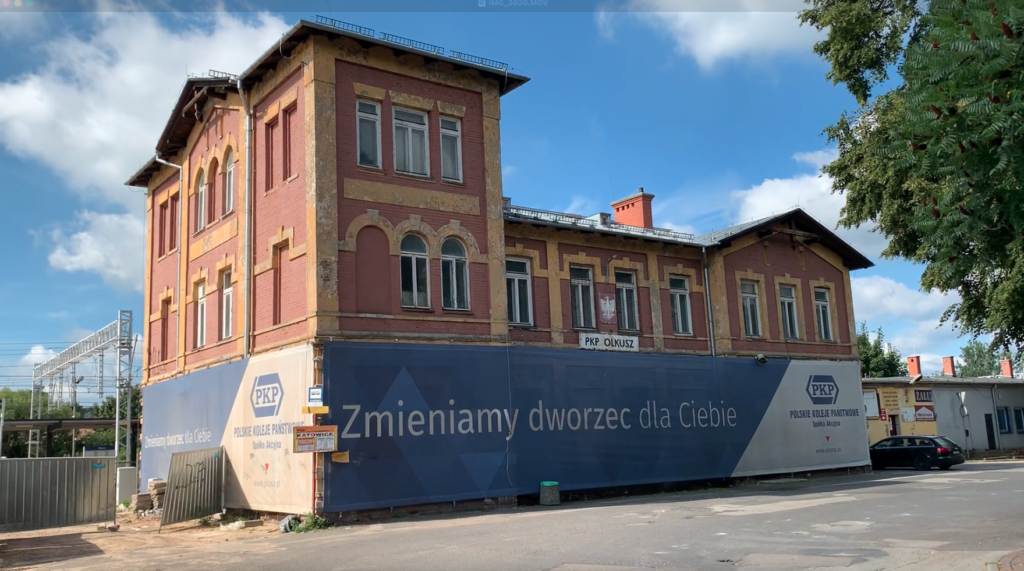
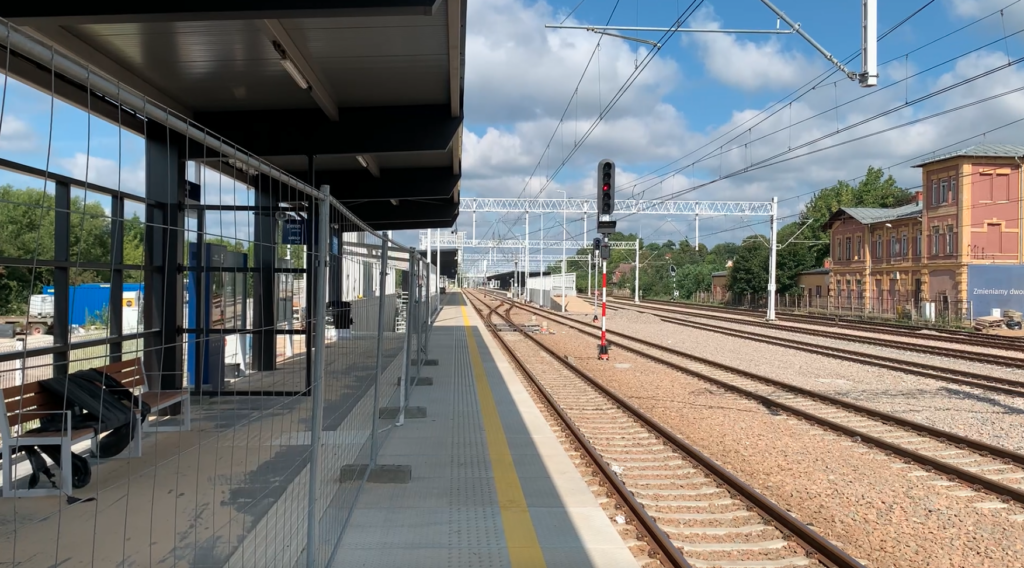
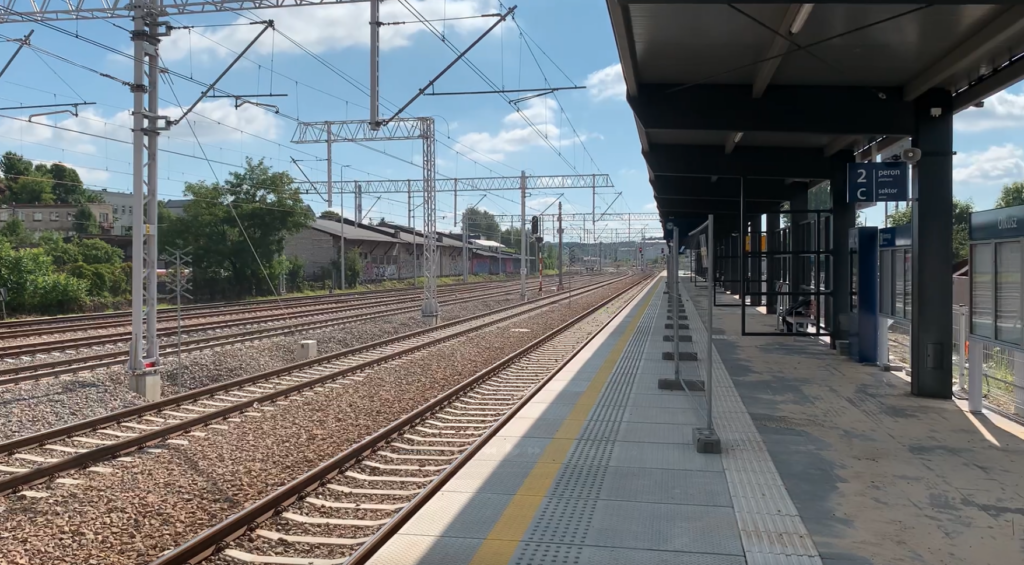
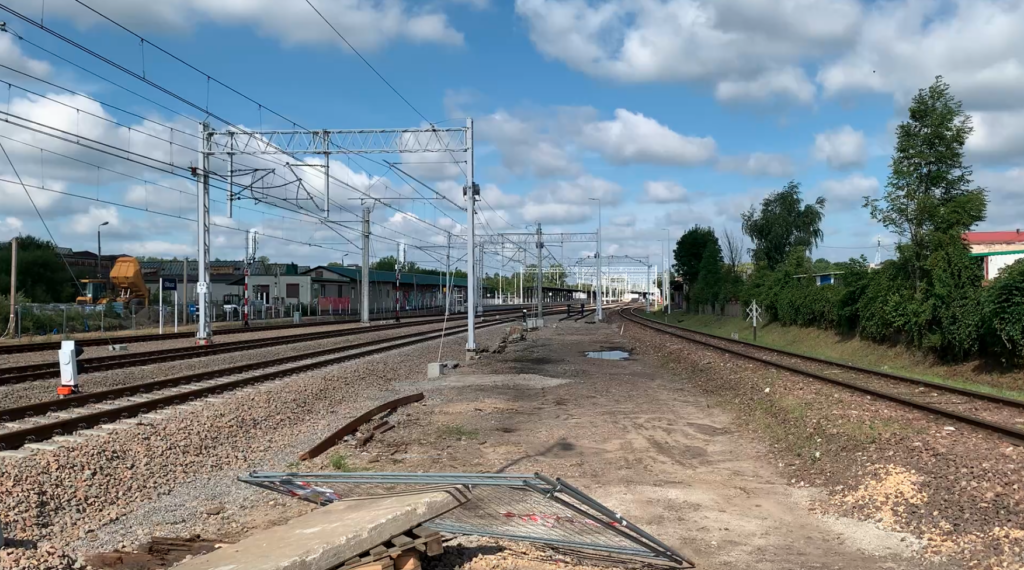
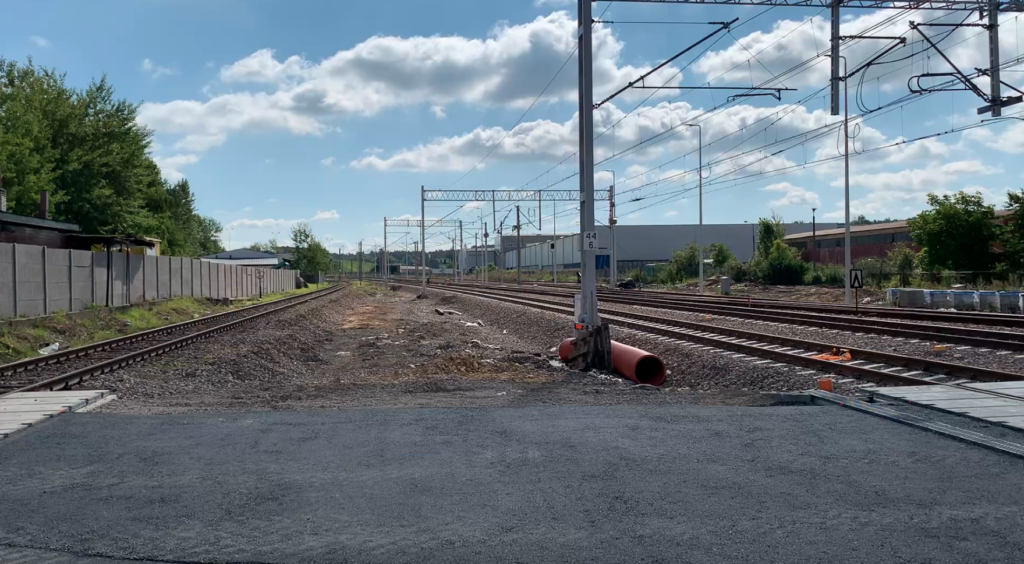
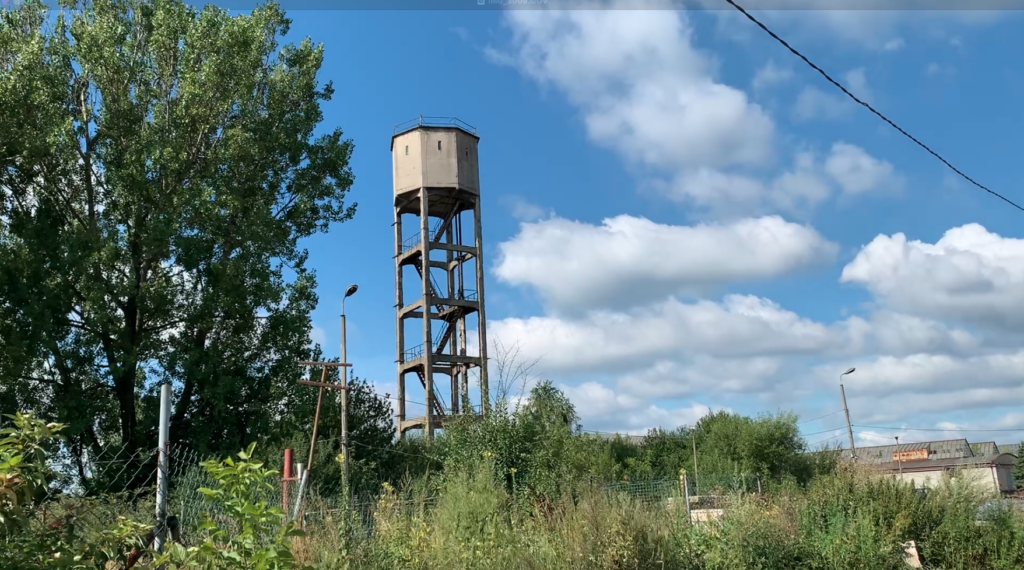
The city of Olkusz is located in the Lesser Poland Voivodeship. It is the seat of the district and commune. It obtained city rights in 1299. The city has an area of 25.65 km². The city’s population was 32,048 in 2024. Olkusz historically belongs to the Kraków Region. It lies in the Kraków-Częstochowa Upland, specifically the Olkusz Upland, on the small Baba River. Nearby are the Błędowska Desert and Błędowska Forests, as well as other forests and farmland. National Roads No. 94, National Road No. 783, and National Road No. 791 run through the city. The A4 Kraków-Katowice motorway is 22 km away.
The Eagles’ Nests Trail is one of the most beautiful and well-known hiking trails in Poland. It runs through the picturesque Kraków-Częstochowa Upland and connects Częstochowa with Kraków. “Eagle’s Nests” are medieval castles and fortresses built on difficult-to-access limestone cliffs, sometimes even several dozen meters from their base, resembling eagles’ nests. They were built mainly in the 14th century, during the reign of Casimir the Great, to protect the borders of the Kingdom of Poland. The trail is approximately 163 km long and marked in red. Along the way, we pass ruins and castles in Korzkiew, Ojców, Pieskowa Skała, Rabsztyn, Bydlin, Smoleń, Pilica, Ogrodzieniec, Birów, Bąkowiec, Bobolice, Mirów, Ostrężnik, and Olsztyn, among others.
Mining developed in Olkusz as early as the early Middle Ages, due to shallow silver deposits. In the 14th century, the town was surrounded by walls. A brick parish church was built on the site of a wooden one. In the 15th century, mine shafts were built to extract silver and lead, whose deposits were deeper. In 1551, King Sigismund Augustus established a new statute for the mines around Olkusz. The town had a royal mint. The Swedish Deluge was a difficult period for Olkusz’s development, with arson, destruction, looting, and rape. As a result of the Third Partition of Poland, Olkusz was occupied by the Austrians. After Napoleon’s defeat in 1815, Olkusz became part of the Kingdom of Poland, completely dependent on the Muscovite state. Mining boomed again. In 1814, the first zinc ore mine opened. Olkusz residents actively participated in the January Uprising. The development of Olkusz was fueled by the construction of the Iwanogród-Dąbrowa Railway Line in 1885. At that time, Olkusz had a population of 2,000. In 1907, the “Westen” Joint-Stock Company for Pressed and Enameled Products was founded in Olkusz. Currently, it is the Olkusz Enamelware Factory “Emalia” SA, owner of the “Olkusz” brand. In 1918, Olkusz had a population of 12,000.
During World War II, Germans established a ghetto in Olkusz. The town’s authorities were formed from the German minority living there. Former neighbors became enemies. Olkusz was incorporated into the Raj. Home Army units operated in the forests. As a result of the occupation, approximately 3,000 Poles were murdered on the spot, and another 3,000 were deported to concentration camps. The Soviets entered Olkusz on January 20, 1945.
After the war, Olkusz continued to develop. In the 1960s, the “Olkusz” mine opened and housing estates were built. Many workers from the “Huta Katowice” steelworks from nearby Dąbrowa Górnicza lived in Olkusz. The enamelware factory was expanded, and the huge halls of a new fan factory were constructed. By the 1970s, the town’s population had reached 40,000.
Olkusz Railway Station.
Geographic coordinates: 50.273N 19.573. Elevation: 366 m. Address: ulica Składowa 2, 32-300 Olkusz.
Olkusz Railway Station was established with the launch of the Iwanogród-Dąbrowa Railway in 1885. The Kielce-Dąbrowa section of the line opened on January 26, 1885. This significantly improved transportation, attracting new investors and workers. Until 1914, the station’s name was written in Cyrillic. During the German occupation, the name Ilkenau was used (1939-1945).
Currently, the railway line No. 62 Tunel – Sosnowiec Główny and the railway line No. 65 run through the station. The railway line No. 65 is officially known as the Broad Gauge Metallurgical Line. This is the longest broad-gauge railway line (1520 mm) in Poland. The line is unique in that it is the only line of its kind in the Republic of Poland that runs through Poland from the eastern border to the center of the country; Sławków Południowy. Olkusz Station is located between Wolbrom and Sławków.
The Olkusz station was built in 1885. The station building was constructed in the typical style of the period. The building is relatively simple, yet functional. It consists of three sections, each covered with a separate, shallow-pitched roof. The eastern wing has three stories. The rest is two stories high. The building features numerous decorative ornaments: rustication, cornices, and portals above the windows. The building is two-toned. The roofs feature wooden ornaments in the highlander style. The windows are large, some with semicircular tops. Since 1918, the facades have been decorated with: The Polish Coat of Arms was placed on the tracks and station square. During the communist era, a single-story, styleless wing was added to the west side of the station, which should have been demolished. The station has historic value and has withstood all the storms of history. The ticket office and waiting room were closed in May 2012. Currently (2025), the building is undergoing a general renovation. In front of the station is the station square, which has always had a green area at its center: a garden, a square, and a flower garden. There was even a gazebo.
Since 2022, the station in Olkusz has been undergoing renovations. The track system, overhead lines, and platforms have been rebuilt. The work is scheduled for completion in 2026.
Initially, the station had two wooden platforms. During the communist era, there were two platforms, but they were located in slightly different locations. These were low platforms with a paving stone surface. Platform 2, which was an island platform, had a long metal shelter. During the most recent renovation, two new platforms and four platform edges were built at the station. Platform 1 will be an island platform with two edges. Platform 2 will be on the south side and will have a single edge, but will accommodate two trains.
The footbridge over the tracks was built in the 1960s. In 2019, the footbridge was closed and dismantled during the final renovation in 2024. Work is currently underway (2025) to complete the passenger tunnel under the tracks and platforms. There will be escalators and elevators. New platforms and a walkway under the tracks with elevators will provide improved passenger service and facilitate communication. The investment is valued at PLN 110 million. Financing is provided by the state budget. Two new platforms, 400 and 500 meters long, are being built at Olkusz station. The new facilities will be equipped with shelters, benches, information boards, and signage with a tactile path system for the visually impaired and visually impaired. Modern lighting and an audio system will be installed. Ticket vending machines are planned.
Numerous shops, service outlets, workshops, and factories operate on the former railway land near Olkusz station. The southern side is particularly heavily industrialized. There are even railway sidings here, which are no longer in use. At the eastern station head, the rail-road intersection between Partyzantów Street and Aleja 1000-lecia (1000-Anniversary Avenue) remains. The crossing is equipped with barriers, traffic lights, and is automatically controlled. At the western end of Olkusz station, there’s a reinforced concrete footbridge over the tracks for pedestrians and cyclists. The footbridge connects Na Skarpie and Antoniego Kocjana streets. A signal box once stood by the footbridge, which was demolished in 2024. The LCS currently operates at Olkusz station.
When the LHS was built in the 1970s, the track between the station and the platform was converted to broad gauge. Olkusz station has only one LHS track and no switches. A station building for the LHS was constructed at the station. The building resembles a single-story single-family home. It was used sporadically because the passenger trains running on the LHS weren’t accepted by the Muscovite state. The widespread antipathy of the Polish people toward Muscovites was, is, and will continue to be, just as it is toward Germans.
After the current renovation (2025), Olkusz station will have five tracks with overhead contact lines, plus one non-electrified LHS track. Telecommunications, power, and rail traffic control equipment will be modernized. The contractor is Swietelsky Rail Polska Sp. z o.o. Work already completed on the Tunel-Sosnowiec line between 2016 and 2023, within the Małopolska Voivodeship, is worth PLN 298 million net. On the Silesian Voivodeship side, work worth over PLN 115 million net was completed. In 2022, an additional stop, Wolbrom Zachodni, was built and opened to passengers, increasing rail access for residents.
Olkusz station serves up to 500 passengers daily. On August 6, 2025, 29 passenger trains departed from the station. You could travel to the following stations: Kielce Główny, Kozłów, Kraków Główny, Sędziszów, Sosnowiec Główny, and Wolbrom. All trains were operated by PolRegio.
Written by Karol Placha Hetman
